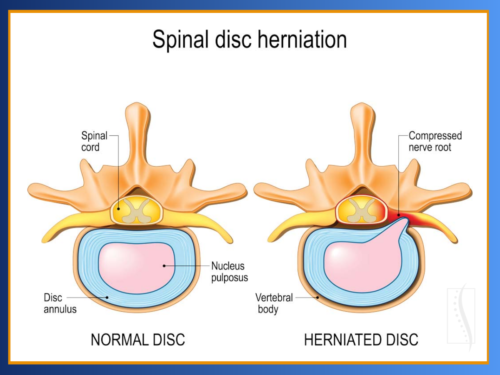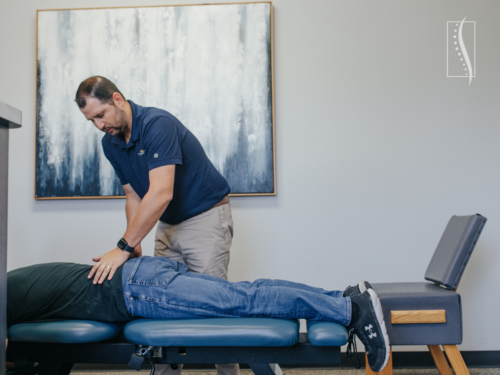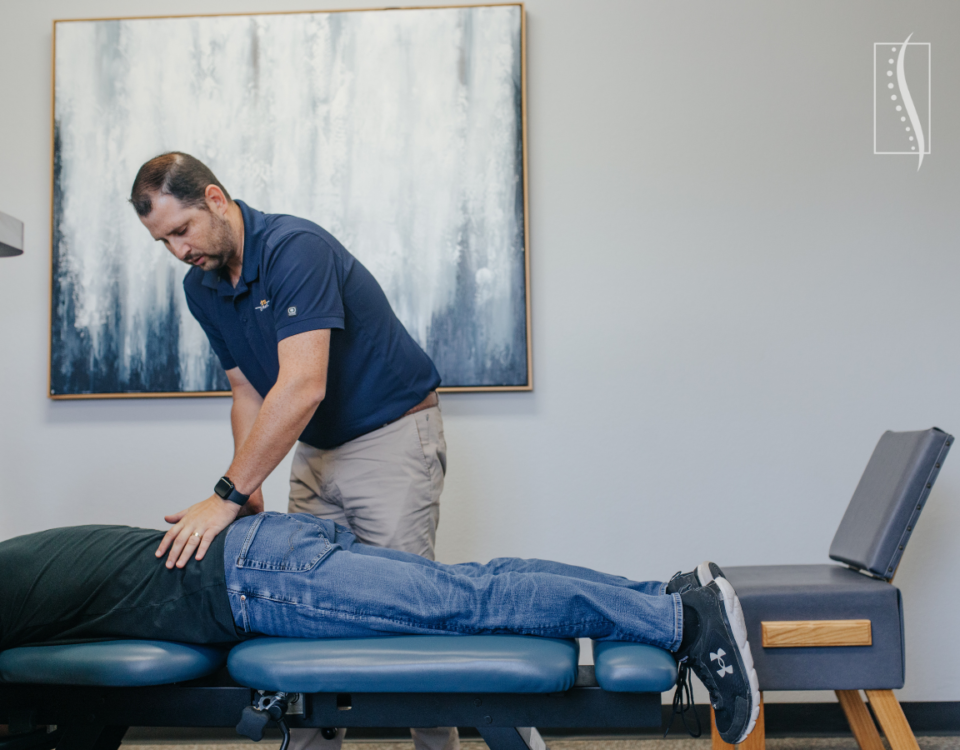
Enhancing Mental Health Through Chiropractic Care
September 16, 2024
Top Sleep Solutions for Back Pain Relief: Align Your Spine for Restful Nights
September 29, 2024What Is Sciatica: Key Symptoms and Relief Options
Have you ever experienced a sharp, shooting pain that radiates from your lower back down to your leg? If so, you might be dealing with sciatica. Sciatica is a common condition that occurs when the sciatic nerve—the longest nerve in your body—gets compressed or irritated. This compression can lead to various symptoms such as leg pain, numbness, and muscle weakness, which can make everyday activities challenging.
Understanding what causes sciatica and how to treat it is crucial for finding relief. Factors like herniated discs and spinal stenosis can trigger sciatic nerve pain. The good news is that there are numerous treatment options available, ranging from conservative approaches like proper strength and stretching to advanced techniques such as non-surgical spinal decompression, cold laser therapy and chiropractic adjustments.
Understanding Sciatica: Causes and Risk Factors
Sciatica occurs when the sciatic nerve, running from your lower back to your legs, becomes compressed or irritated. The most common cause is a herniated disc, where the gel-like material inside a spinal disc protrudes and presses on the nerve roots. The nerve roots are extremely sensitive, and even slight pressure on these roots can cause tremendous pain and discomfort. Other factors that can lead to sciatica include spinal stenosis (the narrowing of the spinal canal), degenerative disc disease, and even pregnancy.
This is a normal representation of a spinal disc. When the inner “nucleus pulposus” pushes out and puts pressure on the nerve root of spinal cord, it’s called a bulged or herniated disc:

Several risk factors increase the likelihood of developing sciatica. Age is one factor, as people between 30 and 50 are more prone to herniated discs. Obesity puts extra stress on the spine, which can compress the sciatic nerve. Diabetes can increase the risk of nerve damage, including to the sciatic nerve. Occupations that involve heavy lifting, prolonged sitting, or repetitive movements may also contribute to sciatica. Lastly, a sedentary lifestyle can weaken the muscles supporting the spine, increasing vulnerability to sciatic nerve compression.
Importance of Preventative Measures
Preventative measures play a crucial role in reducing the risk of sciatica. Maintaining a strong core and healthy spine alignment is essential for preventing sciatic nerve irritation. Regular exercise, particularly routines that strengthen the core muscles and improve flexibility, can help support the spine and reduce the likelihood of nerve compression. Proper posture during daily activities, as well as ergonomically designed workspaces, can also help minimize stress on the lower back and sciatic nerve.
Key Symptoms of Sciatica
Sciatica pain typically affects your lower back, buttocks, and legs. This pain is often described as sharp and shooting, radiating from your lower back down to your foot. It can feel like burning or an electric shock and is usually more severe in the leg or foot than in the back. Other symptoms may include tingling sensations, often compared to pins and needles, or numbness in the affected areas. In some cases, muscle weakness can occur, making your leg feel heavy or difficult to move. The pain tends to worsen with movement, sneezing, or coughing. Sciatica usually affects only one side of the body. If severe symptoms like loss of bladder or bowel control occur, seek immediate medical attention, as this could indicate a more serious condition.
Diagnosis and Treatment Options
Our doctors diagnose sciatica through a combination of medical health history and a physical, orthopedic, and neurological exam. They will assess your muscle strength, pain levels, and mobility to determine the cause of your pain. Special tests, such as the straight leg raising test, can help identify sciatic nerve compression. If symptoms persist or worsen, imaging tests like X-rays, MRI, or CT scans may be ordered to rule out other conditions.
Chiropractic Treatment for Sciatica
Chiropractic care is highly effective in treating sciatica. Our approach focuses on restoring proper posture and spinal function to alleviate pressure on the sciatic nerve. Through manual adjustments and spinal manipulations, our doctors help realign the spine, improving its function and reducing nerve irritation. Your personalized treatment plan may include specific exercises and lifestyle advice designed to enhance your overall treatment outcome.

Dr Ryan Woods Adjusting Lumbar Spine
Spinal Decompression Therapy
Spinal decompression therapy is another advanced approach for treating sciatica. This non-surgical technique involves gently stretching the spine to create a vacuum effect, which helps to reposition herniated discs and relieve pressure on the sciatic nerve. This reduction in pressure allows for increased blood flow, enabling nutrients to reach the affected discs and promoting natural healing.
To gain a deeper understanding of sciatica and its root causes, we encourage you to watch Dr. Woods’s educational video. Dr. Woods explains the underlying mechanisms of sciatic pain and outlines various strategies for managing and alleviating discomfort. This will equip you with valuable knowledge to make informed decisions about your treatment options and preventative measures.



